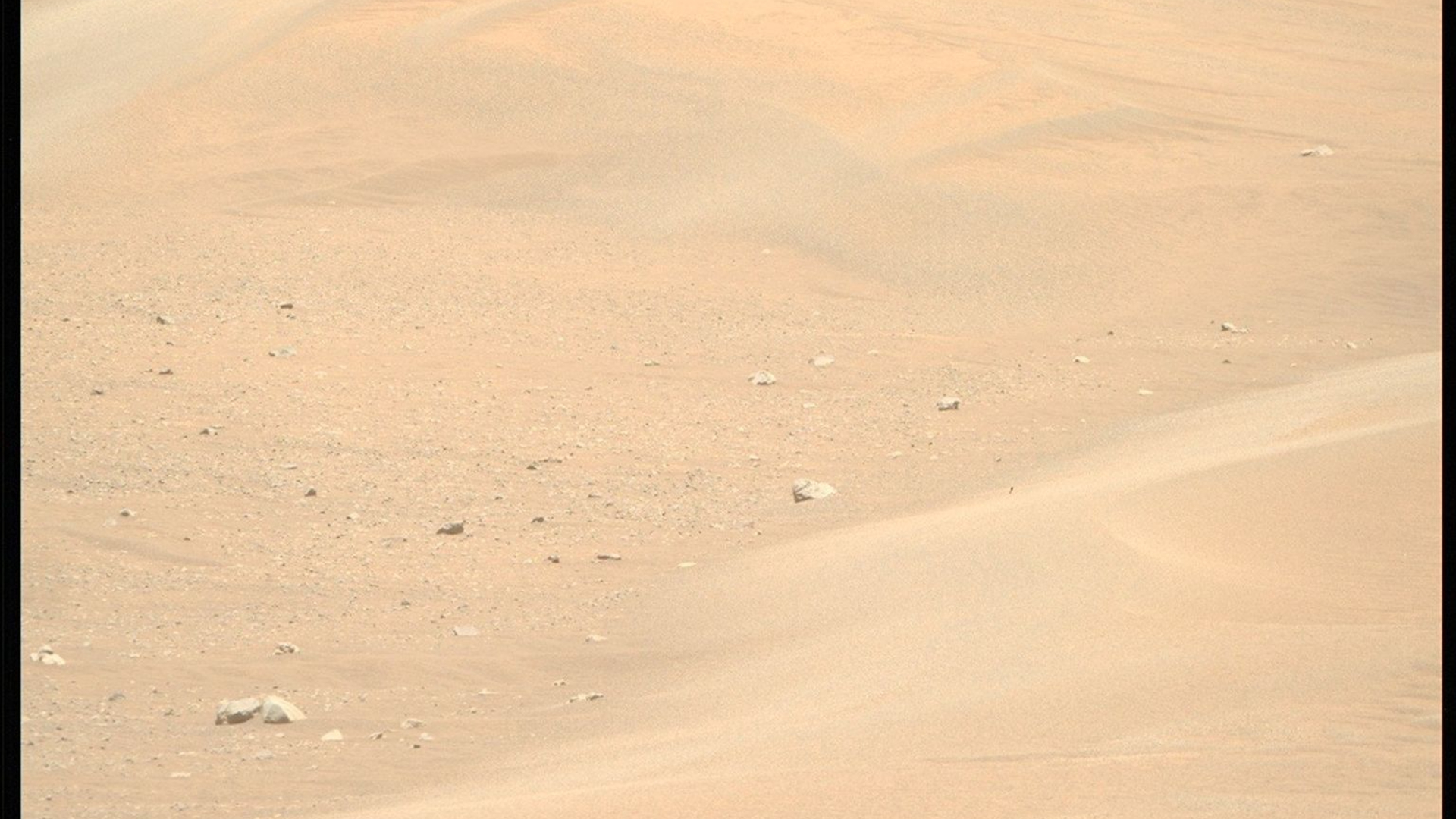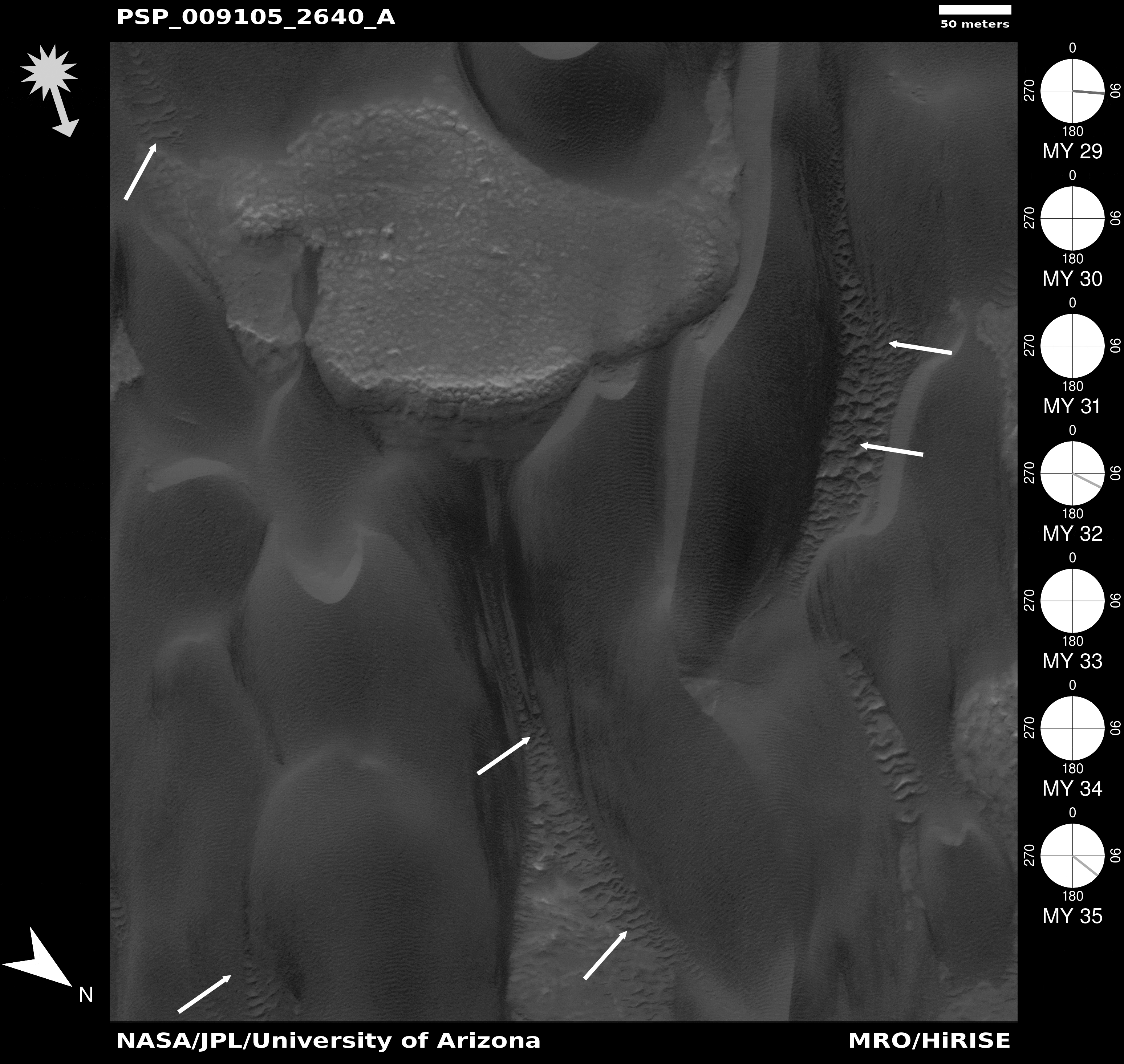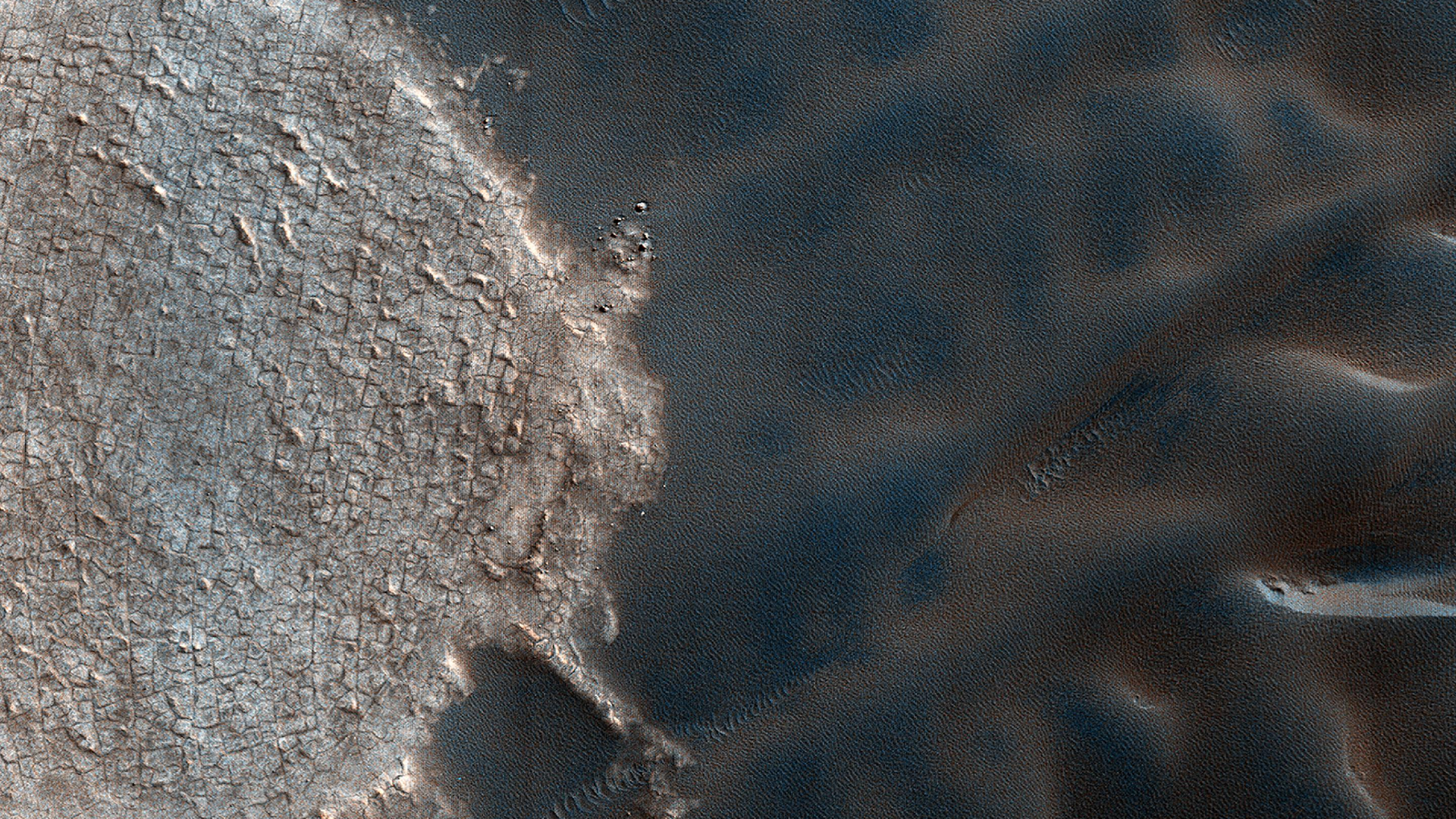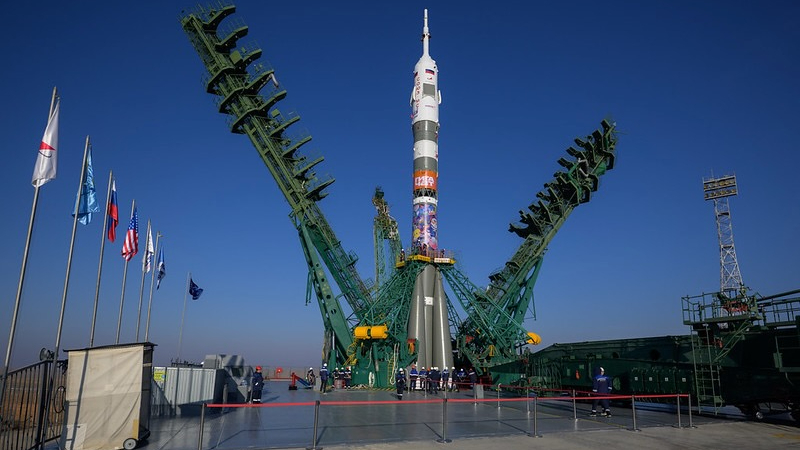Perseverance Mars rover stumbles upon wind-carved 'megaripples' on the Red Planet
"On Mars, the past is written in stone — but the present is written in sand."

NASA's Perseverance rover has captured a striking new image of massive, wind-carved sand formations known as "megaripples" during its latest exploration stop on the Red Planet.
The photo, taken on Aug. 13, reveals a field of these ridges at a site called Kerrlaguna, where Perseverance is investigating how Martian winds continue to shape the landscape. According to a recent NASA statement, this work is part of a broader effort to better understand Mars' modern environment.
"On Mars, the past is written in stone — but the present is written in sand," the statement says.
Megaripples are sandy ridges that rise up to about three feet (one meter) high. Found across much of the Martian surface, they fall in size between smaller ripples and larger sand dunes. Many are thought to be remnants from a time when Mars had a thicker atmosphere and stronger winds, possibly indicating shifts in climate over millions of years. Some even show signs of fractured crests, hinting at long-term exposure to changing conditions.
At Kerrlaguna, the megaripples are considered "inactive," meaning they haven't visibly shifted in recent years. Previous research has shown that unlike ripples on Earth, which shift constantly under the influence of wind and water, Martian megaripples consist of fine sand beneath a layer of coarse grains. This makes them more resistant to drifting by wind.
Still, high-resolution satellite observations have shown that some megaripples across Mars do move — albeit slowly, creeping about one meter every nine Earth years. While sluggish compared to active dunes, this movement is still evidence that the Martian surface is not geologically dead as was once thought, scientists say.
"The field is evolving in the sense that high-resolution images have finally been obtained over a long enough time span to allow the megaripple movement to be detected," Jim Zimbelman, a planetary geologist at the Smithsonian's National Air and Space Museum, previously told Astronomy Magazine.
Breaking space news, the latest updates on rocket launches, skywatching events and more!
Some of the most dynamic examples have been observed in Mars' north polar region, where wintertime carbon dioxide ice temporarily cements dunes and ripples. When spring arrives, the ice sublimates and summertime winds reawaken the movement of the sand.
To investigate the features at Kerrlaguna, Perseverance deployed several of its science instruments, including cameras and tools for analyzing the chemistry and structure of rock and soil. These help scientists study the size, layering and composition of sand grains, as well as detect salty crusts that may have formed over time.
Such crusts could hold clues about past interactions with water, and may even offer valuable resources for future human missions. These findings "help us prepare for the day when astronauts explore the Red Planet and need resources held within Martian soils to help them survive," the statement says.
The rover's stop at Kerrlaguna follows an earlier attempt to climb a rocky slope toward a site called Midtoya, where Perseverance struggled to make progress over loose, uneven terrain and ultimately turned back, the agency said.
Still, the effort yielded valuable data after the rover analyzed several rocks that likely rolled down from Midtoya, including one rock dubbed "Horneflya," which drew attention online for its unusual, medieval helmet-like shape.
This isn't NASA's first encounter with Martian sand formations. Nearly a decade ago, the Curiosity rover studied active dunes at "Namib Dune" and took one of its most iconic selfies there. But while active dunes provide dynamic views of surface change, scientists now see just as much value in studying the slower-moving, dust-covered megaripples like those at Kerrlaguna that help reveal how Mars has changed over time.
Perseverance's investigation at Kerrlaguna is only a preview, according to the statement. The rover is expected to continue south toward a larger field of megaripples at a site called "Lac de Charmes," where NASA plans a more in-depth campaign.
"While often the rover's attention is focused on studying processes in Mars' distant past that are recorded in ancient rocks, we still have much to learn about the modern Martian environment," the statement says.

Sharmila Kuthunur is an independent space journalist based in Bengaluru, India. Her work has also appeared in Scientific American, Science, Astronomy and Live Science, among other publications. She holds a master's degree in journalism from Northeastern University in Boston.
You must confirm your public display name before commenting
Please logout and then login again, you will then be prompted to enter your display name.


